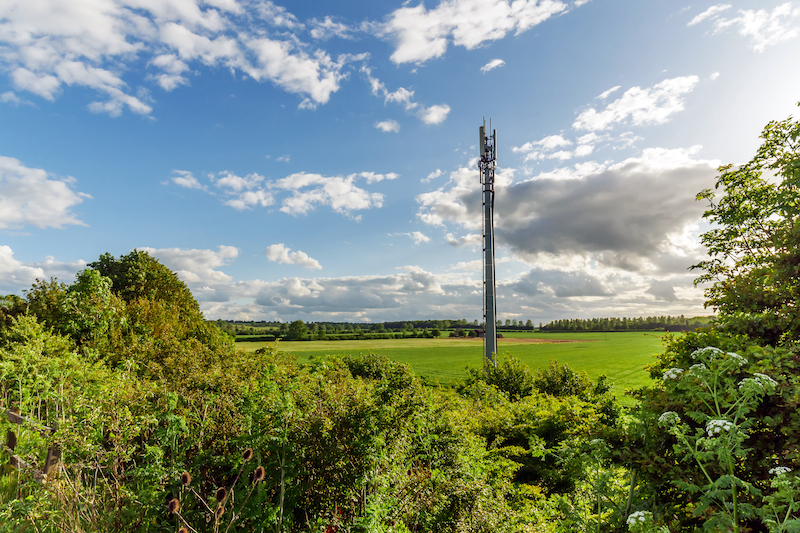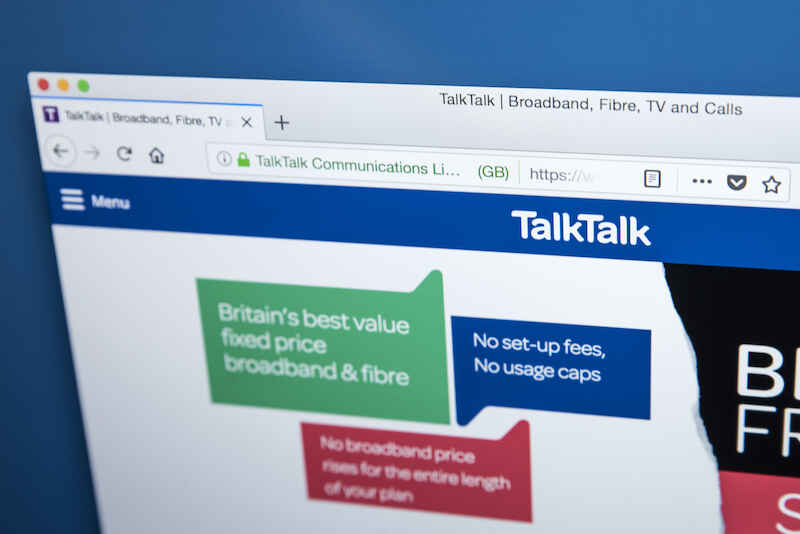EE to Upgrade 2,000 Network Sites to Boost Rural 4G Coverage

EE will upgrade more than 2,000 network sites to expand 4G coverage in rural areas and tackle mobile not-spots, part of their commitment under the £1.3 billion Shared Rural Network (SRN) scheme.
The Shared Rural Network is an industry-led project supported by £500 million of public funds and £530 million in investment from the UK’s four mobile operators. It aims to extend geographic 4G coverage to 95% of the UK by the end of 2025. Under the terms of the scheme, EE, O2, Three, and Vodafone will reciprocally share existing mobile masts in some rural areas and build new shared masts in underserved locations.
The SRN was agreed in March 2020. Since then EE has upgraded 853 rural areas as part of Phase One, with a particular focus on tackling “partial not-spots”—areas served by at least one but not all four mobile network operators.
EE has now unveiled its long-range plans under the scheme, setting its sights on 1,532 additional areas. By June 2024, it will have boosted coverage in an additional 925 sites in England, 359 in Scotland, 125 in Northern Ireland, and 123 in Wales. All upgrades mobile masts will be made available for the other operators to share under the scheme.
Philip Jansen, chief executive of EE owner the BT Group, said: “Today we’ve made a renewed commitment to boost rural connectivity, helping improve mobile performance regardless of location. The investment BT has made in rural areas means we have the infrastructure in place to extend our 4G coverage footprint even further, minimising the number of new sites we need to build to ensure everyone has access to reliable connectivity.
“EE is still the only provider of 4G coverage in many places across the UK, and we encourage other operators to recognise the opportunity sharing our sites offers to fill gaps in their networks.”
Julia Lopez, Digital Infrastructure Minister, welcomed EE’s progress and future plans under the scheme. “We know the incredible impact better connectivity will have on countryside communities. That’s why we struck a £1 billion deal, jointly funded by the government and mobile firms, to bring fast and reliable 4G mobile coverage to 95 per cent of the UK,” she said.
“EE’s plans show good progress and will increase choice for consumers and boost productivity in rural areas. We will continue to work closely with them to close down further gaps in rural mobile signal,” she added.
Meanwhile, O2, Three, and Vodafone’s contributions thus far have been the construction and sharing of 222 new mobile masts. Those networks are expected to announce their plans for the next phase of the project in the coming weeks.
Vodafone has already unveiled new technology that may make it easier to bring mobile coverage to remote areas. Its new Eco Tower mobile masts come with wind turbines and battery systems, enabling them to generate their own electricity and eliminating the need to be connected to the electricity grid, which is non-existent in some of the most remote areas.
When the SRN project is completed at the end of 2025, it’s expected to have delivered guaranteed mobile coverage to an additional 280,000 UK premises and over 16,000 kilometres of road. It will also improve indoor coverage for 1.2 million homes and businesses and boost ‘in car’ coverage on 45,000 km of road. Government figures released last summer reveal that Scotland, Wales, and Northern England will benefit most from the investment in better rural connectivity.
Read on our blog

With the government poised to implement tough new measures to...

Budget broadband provider TalkTalk has been notifying customers via email...

A year-long investigation by charity Citizens Advice has revealed a...

Education Secretary Nadhim Zahawi has announced a new commitment to...
